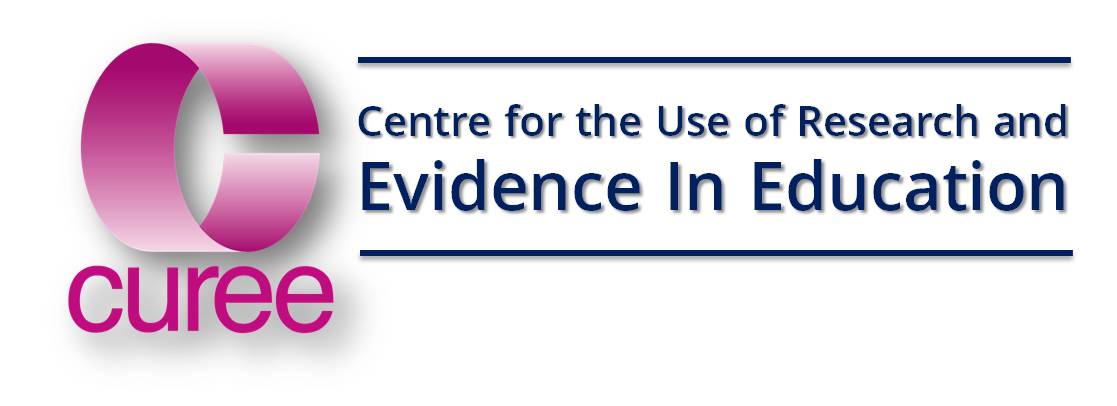Beyond CPD to professional learning – making a new and important idea stick

You can imagine how excited the CUREE team was about the launch in the House of Commons of our new review about continuing professional development and learning (CPDL). Launched on 9th June, the ‘review of reviews’, produced for The Teacher Development Trust in partnership with Durham University and the University College London Institute of Education, came up with some important new findings about the ineffectiveness of generic pedagogic CPDL where it is not contextualised in content knowledge and for groups of pupils. This made worthwhile the commitment and perseverance and the ‘extra mile’ involved though we were tightly constrained by budget and timescale. It also highlights useful new findings about the role of AFL for teachers and for their pupils throughout the CPDL process. It provided some useful calibration and reinforcement of evidence from CUREE’s earlier reviews. We also now have evidence that the most rigorous claims featured in this umbrella review are equivalent in strength to medium to large for positive effects in the nomenclature used by What Works Clearinghouse, or the four padlocks used by the Sutton Trust toolkit. But we are also starting to feel troubled, and perversely flattered, by the early outbreak of ‘reinterpretations’ of the work by people and organisations trying to paint their project with our colours. Though the review is just 16 pages long (and accompanied by an even shorter summary from the research team) three other people have drafted their own summaries – often stressing particular aspects of the report and usually the CPD bits. Dylan Wiliam has remarked on the number of adulterated versions of Assessment for Learning there are out there in 'the wild' and it seems that, in our own small way, we are joining this company. But let me be very clear: this review is not just about Continuing Professional Development (CPD), it’s about how that connects with teachers’ work based professional learning. The distinction is an important one. For too long we have been focussed on teaching teachers and not on how they learn. CUREE has been campaigning for a focus on both since 2007 so we are pleased to find yet more evidence of the validity of our position.
What’s more colleagues from across the system are starting to cite the review as proof positive of the perfection of the design of their own CPD offer. This is predictable, of course, and it is a good sign that providers are checking out whether their offer matches up to the evidence. But it does rather miss the point. If this review were just about CPD it would be setting the bar very high indeed; it would be asking CPD providers (including schools) to design extremely costly CPD support packages that would rarely be affordable without huge public subsidy. Yes, this review tells us we can and should be investing much more seriously in both CPD and CPDL. However, it also tells us that much of the work based professional learning for educators can and should be effectively and efficiently wrapped around the day job in schools and classrooms that are set up as effective professional and pupil learning environments; places where teacher and pupil learning are profoundly connected by collaborative exploration of evidence about how pupils respond when teacher try new approaches. We recognise that it took quite some time for the education system to move from an over focus on teaching that ignored whether or not what was being taught was actually learned by pupils. We are not going to give up on this and will take every opportunity to accelerate the transition from professional development to professional learning. We hope you will come with us and, if you need a further incentive, have a look at the article below about the focus on professional development and learning climate in the new inspection framework.
But that’s for September. For now, have a pleasant, restful summer
Philippa Cordingley
